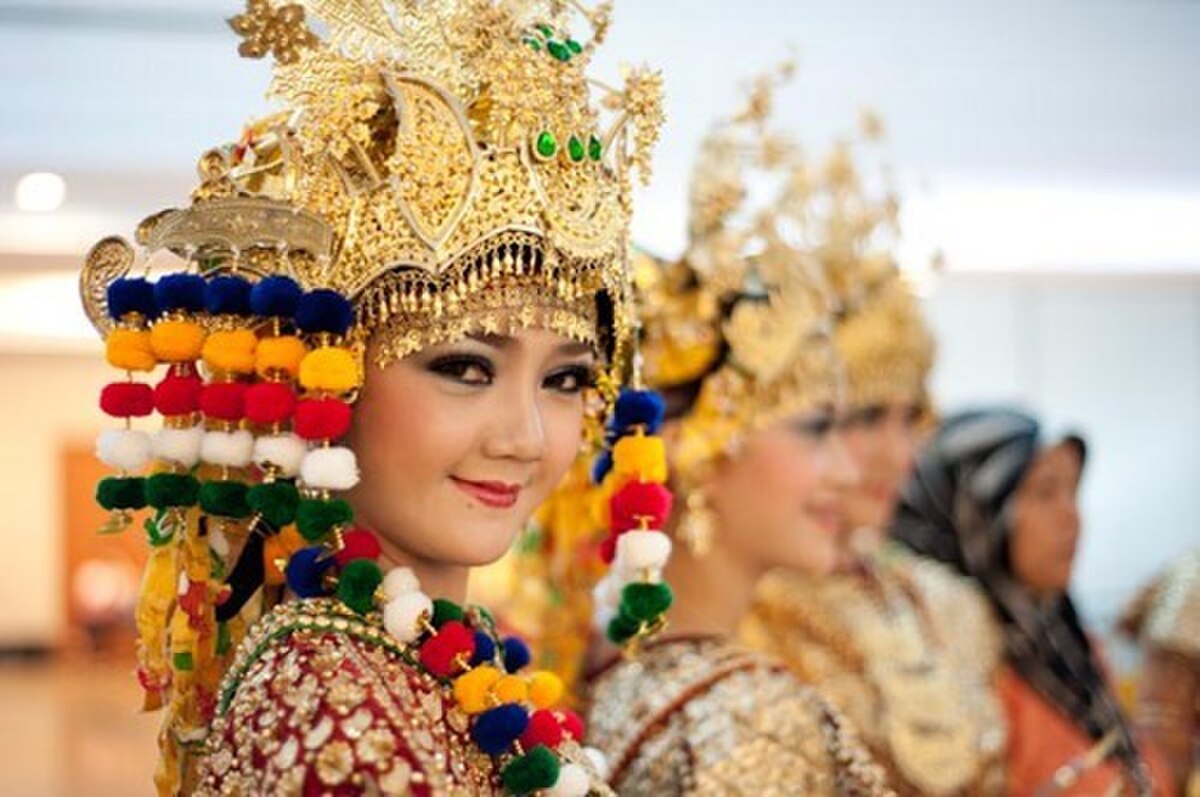
Srivijaya Empire
Palembang, Palembang City, SouSrivijaya was a Buddhist thalassocratic[5] empire based on the island of Sumatra, which influenced much of Southeast Asia. Srivijaya was an important centre for the expansion of Buddhism from the 7th to the 12th century CE. Srivijaya was the first polity to dominate much of western Maritime Southeast Asia. Due to its location, the Srivijaya developed complex technology utilizing maritime resources. In addition, its economy became progressively reliant on the booming trade in the region, thus transforming it into a prestige goods-based economy.[6]
The earliest reference to it dates from the 7th century. A Tang dynasty Chinese monk, Yijing, wrote that he visited Srivijaya in year 671 for six months.[7] [8] The earliest known inscription in which the name Srivijaya appears also dates from the 7th century in the Kedukan Bukit inscription found near Palembang, Sumatra, dated 16 June 682.[9] Between the late 7th and early 11th century, Srivijaya rose to become a hegemon in Southeast Asia. It was involved in close interactions, often rivalries, with the neighbouring Mataram, Khmer and Champa. Srivijaya's main foreign interest was nurturing lucrative trade agreements with China which lasted from the Tang to the Song dynasty. Srivijaya had religious, cultural and trade links with the Buddhist Pala of Bengal, as well as with the Islamic Caliphate in the Middle East.
Before the 12th century, Srivijaya was primarily a land-based polity rather than a maritime power, fleets were available but acted as logistical support to facilitate the projection of land power. In response to the change in the maritime Asian economy, and threatened by the loss of its dependencies, Srivijaya developed a naval strategy to delay its decline. The naval strategy of Srivijaya was mainly punitive; this was done to coerce trading ships to be called to their port. Later, the naval strategy degenerated to raiding fleet.[10]
The kingdom ceased to exist in the 13th century due to various factors, including the expansion of the competitor Javanese Singhasari and Majapahit empires.[11] After Srivijaya fell, it was largely forgotten. It was not until 1918 that French historian George Cœdès, of l'École française d'Extrême-Orient, formally postulated its existence.
